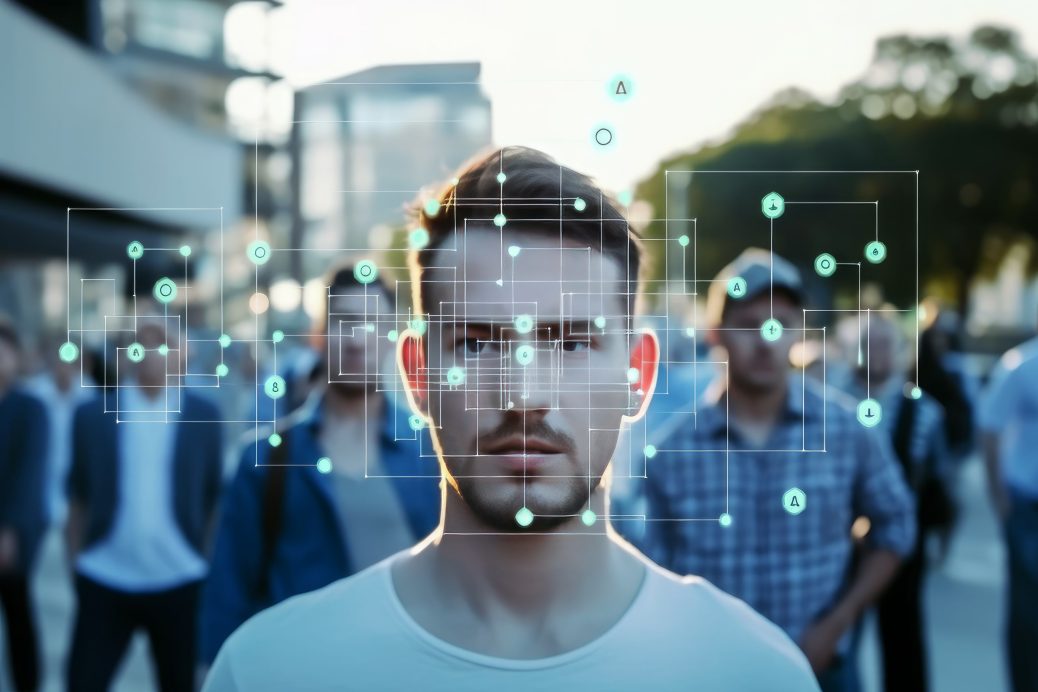As we continue to navigate through the fascinating landscape of voice technology, there’s one area that piques intrigue and concern in equal measure — Voice Deepfakes.
At once a testament to our technological prowess and a potential tool for deception, Voice Deepfakes represent the duality of AI innovation.
In this article
- Decoding Voice Deepfakes
- How Voice Deepfakes Come to Life
- Voice Deepfakes: A Spectrum of Possibilities
- Navigating the Ethical Quandary
- A New Frontier in Voice Technology
Sign Up for Free Today
Find the perfect voice for your job today, or sign up as a talent to start booking voice over work on Voices.
Let’s journey through this complex terrain and understand what Voice Deepfakes truly signifies.
Decoding Voice Deepfakes
Voice Deepfakes, simply put, are synthetic audio clips generated using advanced artificial intelligence algorithms. They replicate a person’s voice with such precision that they can often fool the human ear into believing the audio is genuine.
Drawing on the principles of AI voice cloning, deepfake technology requires a certain amount of training data (in this case, audio recordings) to study and mimic the intricate aspects of a person’s voice, from accent and intonation to the unique way they pronounce certain words.
How Voice Deepfakes Come to Life
Creating a voice deepfake involves two key steps — voice profiling and synthesis. Voice profiling is where AI algorithms analyze the target voice, identifying unique characteristics and patterns. Once this digital voice profile is established, the next step, synthesis, comes into play. Here, AI uses this profile to generate new audio content that perfectly mimics the target voice.
Voice Deepfakes: A Spectrum of Possibilities
The potential of voice deepfakes is immense. They could revolutionize industries like entertainment and gaming by recreating voices of iconic actors or characters, creating highly immersive experiences. They could aid in text-to-speech applications, making synthetic voices sound more human-like than ever before.
In the realm of accessibility, voice deepfakes could give a new lease of life to those who have lost their ability to speak. Imagine having a synthetic voice that truly ‘sounds’ like you – a powerful prospect indeed.
Navigating the Ethical Quandary
While the potential applications of voice deepfakes are fascinating, the technology also brings considerable ethical challenges. The risk of misuse is high — creating fraudulent audio clips for scams, spreading misinformation, or damaging reputations. It’s essential to balance the possibilities of this technology with the potential for harm.
As with any powerful tool, the key lies in responsible usage. Adequate regulations, authenticity measures, and user awareness are critical in ensuring that voice deepfakes are used for constructive purposes while mitigating the risks associated with them.
A New Frontier in Voice Technology
Voice Deepfakes represent the latest frontier in our ongoing exploration of voice technology. They’re a powerful testament to the possibilities of AI, demonstrating how far we’ve come in mimicking one of the most personal aspects of human identity – our voice.
As we navigate this complex, exciting terrain, we stand at the precipice of a new era in voice technology — one where synthetic voices are virtually indistinguishable from real ones. The voice revolution is evolving, and it invites us to participate in its narrative, as discerning users, ethical innovators, and responsible consumers. Are you ready for the deepfake era? It’s here, and it’s redefining the very meaning of the ‘human’ voice.

Leave a Reply